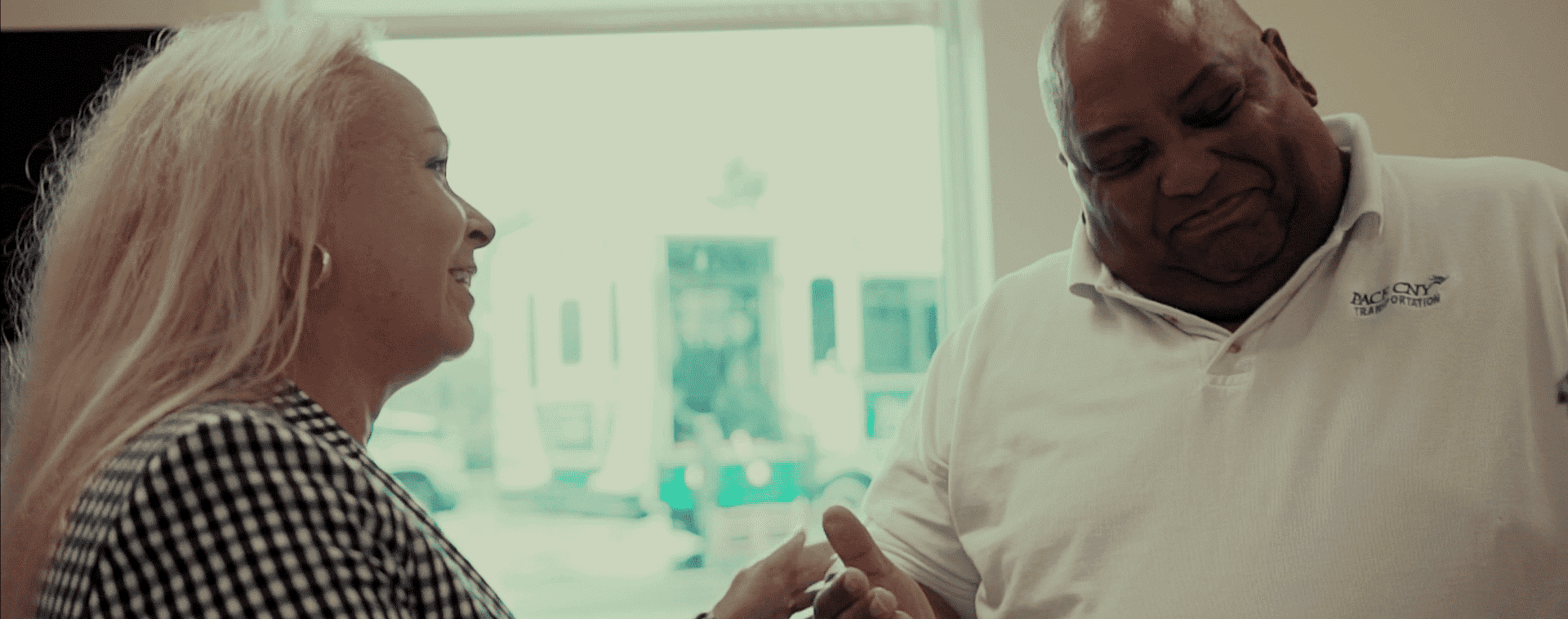The Value of Having a Conversation with Your Organization
In our world today, there is often an “us vs. them” mentality. Leadership vs. staff. Democrat vs. republican. Union vs. non-union. White vs. black. The list goes on. When I first arrived at Loretto, this “us vs. them” mentality was considered the status quo by many. Despite skepticism from colleagues (both in and outside of the organization), I decided to make an effort to listen to see if there was any truth to the chatter on the “other side.”
I started by having a third-party come in to conduct dialogues with staff members. We gathered peers in a room – staff with staff, managers with managers, leadership with leadership – and asked important questions: How does working at Loretto make you feel? If you could change one thing, what would it be? What does Loretto value? What do you value? Leadership and managers were purposefully not included in the initial staff discussions to encourage honest conversation. Then, the groups were brought together to discuss shared interests, disconnected interests, and misunderstandings. The final component was forming grassroots groups to co-create shared solutions to the most challenging issues: trust, respect, teamwork, working short, etc.
What I heard from these conversations were more similarities than differences. I thought it was only executives and leaders who felt the pressure of the proverbial “hamster wheel.” I was surprised to discover that wasn’t the case. Rather everyone, it seems, is on the treadmill, just trying to keep up at work and at home, when what they want to do is to make a positive change in the world.
The sense of “you don’t understand what I’m going through” turned into a conversation that resulted in respect and value – two characteristics I believe are fundamental to relationships. But pragmatic altruism takes it one step further. (More about pragmatic altruism here.) Out of this conversation came the inspiration for the programs I’ve implemented at Loretto – a diaper bank that provides diapers to those who need them for their children to attend daycare, on-site urgent care for employees who can’t afford copays, and education and training through partnerships with philanthropic groups and community organizers.
I have continued that conversation, and it remains the foundation of many of the initiatives I have (and aspire to) put in place to create a better life for our employees.
My challenge to you is this – do you get caught up in the “us vs. them” mentality? If so, take some time to listen to the “other side” genuinely. Make a note of what you learn – whether you’re the leader of an organization, or a leader in your community, having a conversation is something you can certainly benefit from.

